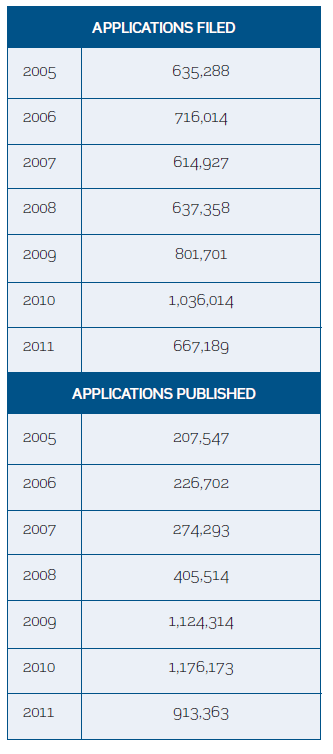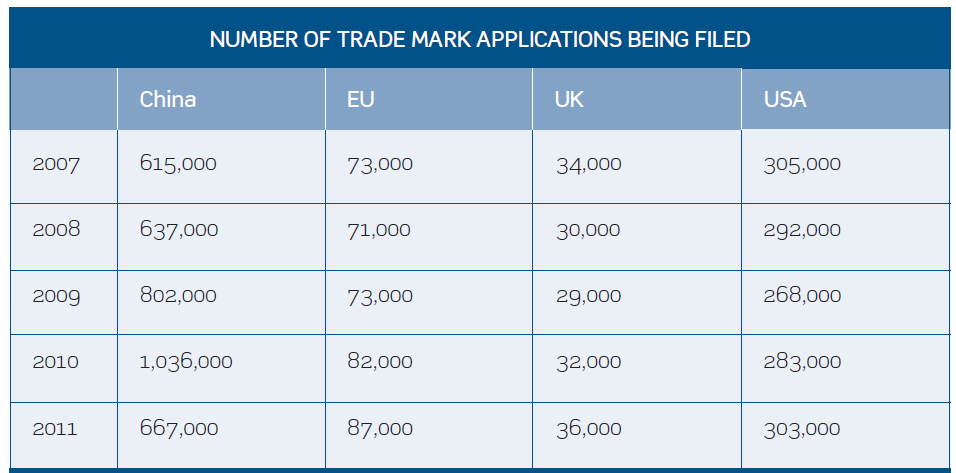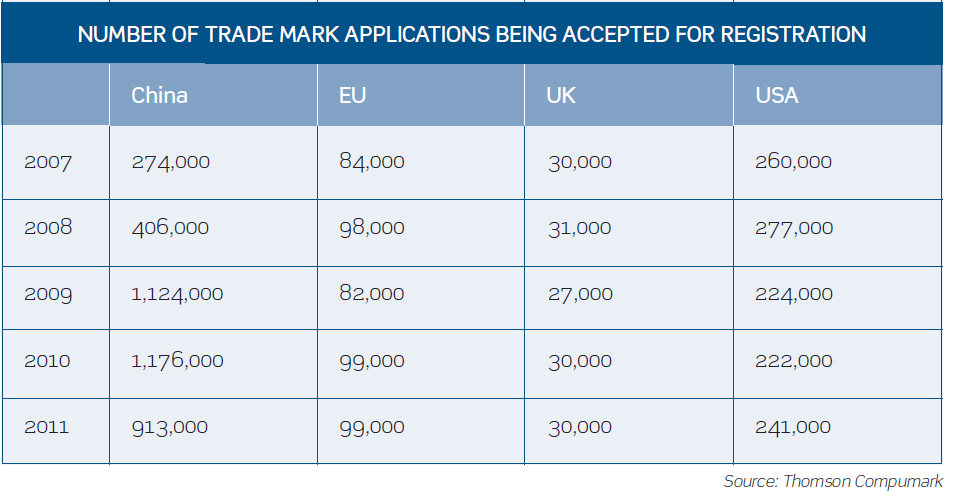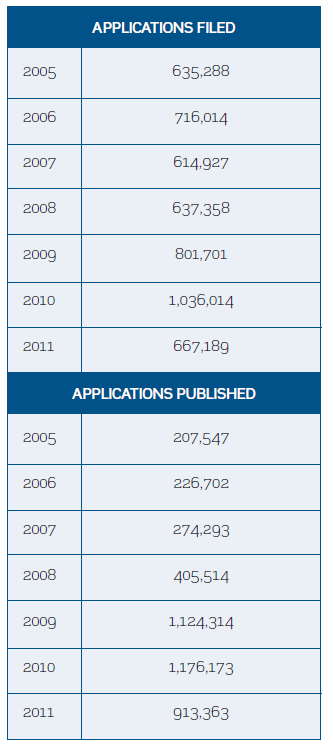Protecting trade marks through registration has long been accepted as good practice by businesses around the world. Registration, however, is only the beginning. Enforcement is equally important. In the context of this article, I am referring to enforcement against competing/offending trade mark applications, rather than competing/offending use.
A sound enforcement strategy should include a comprehensive trade mark monitoring (or watching) service that will enable competing/offending applications to be identified at an early stage and appropriate action taken.
This article identifies the elements of a good watching service and strategy, and goes on to discuss why, for many trade mark owners, trade mark watching is becomingly increasingly important.
WATCHING SERVICE
There are several factors that make up a good watching service.
- Global coverage: the extent of the searching to be undertaken should be appropriate to the mark in question and the budget allocated to its enforcement. This should be agreed at the outset.
- Speed: prompt notifications are crucial, especially in jurisdictions in which the opposition period is short.
- Reliable: you should have faith that your watching service will pick up all the marks that you would want to be aware of.
- Noise reduction: the right balance must be achieved between reports that are sufficiently wide, without producing excessive ‘noise’ around the brand.
- Flexible/bespoke: bespoke service to cut down on unnecessary notifications by tailoring the report to your requirements.
- Inexpensive: the watching service itself should not be costly.
Perhaps the most important factor, however, is the development of an appropriate watching strategy. A good watching service will provide information that is relevant and appropriate: search results will be filtered in accordance with a carefully considered strategy. Where trade mark watching is outsourced, an agreed strategy reduces the amount of liaison needed between in-house counsel and external advisor.
- What: agreed parameters to identify marks of concern. A list of goods and services (and territories) that warrant further investigation.
- Where: countries in which your mark is used and may be used in the future. Countries in which you would be prepared to take action, and a wider list of countries for information purposes.
- Scope: belt and braces approach for your house brand; narrower scope for sub-brands.
- When: as soon as possible, no need to wait until an application is filed.
- Budget: reserve as much as possible for the actual enforcement. A ‘war chest’ to provide a fallback, should action need to be taken.
- Monitoring success and trends: knowing where you have been successful is important. The rules, in terms of similar marks and similar goods and services, that apply in different countries will vary, as will the marks already on the register. Other factors include the length of time you have been using your mark and the level of reputation you are able to demonstrate in each country.
- Non-word marks, important logos, colours, colour combinations: different considerations will apply to logo marks. This is especially relevant where, for example, versions of your logo are popular across a range of product and service areas.
- Competitor knowledge: applicant watches provide a simple way to monitor the marks your competitors are filing.
- Annual/regular review: flexibility. Adjust the strategy based on trend spotting, as well as budgetary considerations and new markets and brands of interest to reflect the changes in the business.
INCREASING IMPORTANCE OF TRADE MARK WATCHING
The importance of trade mark watching is increasing for a number of reasons. These include:
- changes in trade mark office examination procedures;
- increase in the number of applications being filed;
- growth in brand extension and the corresponding power/desire to prevent the dilution of brands; and
- the increasing importance of China in the world economy and the unique intellectual property challenges it presents.
Changes in trade mark office examination procedures
Relative grounds examination: a number of trade mark offices in Europe, including those in Benelux, Bulgaria, The Office of Harmonization for the Internal Market (OHIM), France, Germany, Italy, Latvia, Lithuania, Morocco, Romania, Spain, Switzerland and the UK, no longer refuse a trade mark application (as part of the examination process) on the basis that it is identical or similar to an existing prior right. These offices now place the onus on trade mark owners to monitor and take action.
Increase in the number of applications being filed
As can be seen from the table below, notwithstanding the economic downturn, the volume of applications being filed in four key markets is increasing every year. Despite the best intentions of a trade mark office, with this number of applications, some marks will slip through in spite of earlier rights.
Although the Chinese and US trade mark offices conduct a relative grounds examination, a huge number of the applications filed in these territories are being accepted for registration and published for third parties to oppose. The figures are set out in the table below.
Growth in brand extension and the corresponding power/desire to prevent brand dilution
As a brand owner, you have to decide what level of dilution, through use of the same or a similar mark by third parties, you are prepared to accept. You should consider use of your brand in relation to products or services you may expand into in the future, but in relation to which your brand is not currently protected, as well as products or services in relation to which you currently have no plans.
Brand extension is becoming wider as the power of merchandise continues to grow; there appears to be no limit to the merchandise that will fly off the shelves if it is bearing the name of a computer game such as Angry Birds. This is relevant both in terms of where your brand might go next and how consumers will view a product if it is bearing your trade mark.
A trade mark office cannot make commercial decisions when citing marks in the course of examination, nor can it consider the reputation of a mark. Therefore, even where relative grounds examination still takes place, the trade mark office will only refuse a mark if it has already been registered or applied for in relation to identical or similar goods and services.
The reality is that many jurisdictions now accept that marks with a reputation should be entitled to a wider penumbra of protection and can in many cases be relied upon to prevent the use and registration of marks for goods and services that are different from those in relation to which they are registered and used.
It is important to remember that we are not just looking out for trade mark squatters or counterfeiters, but also for coincidentally similar brands launching in areas in which you may be interested in expanding into in the future.
China
There are many countries that require tailored strategies when it comes to protection of brands. Trade mark watching in China requires specific consideration.
‘Trade mark squatting’ or ‘bad faith filings’ are one of the biggest problems faced by brand owners in China. Trade mark squatters file applications for established international brands, or even aspirational brands, with the aim of selling the resulting registrations for a profit. A well-designed trade mark watching strategy is essential in helping to tackle this problem.
China’s unique sub-classification system is an added complication and requires a more bespoke strategy for the protection and enforcement of brands in China. While the 45 classes of the Nice Classification have been widely adopted by trade mark offices around the world, China breaks these classes down into sub-classes; for example, class 25 has 13 sub-classes and gloves and scarves fall within different sub-classes.
To get a better understanding of the need for vigilance in China, it is interesting to look at the number of trade mark applications filed and published (see tables, left).
Given that the Chinese Trade Mark Office (CTMO) publishes around 1 million applications a year, it is not surprising that there are, at times, inconsistencies in its examination process and ‘offending’ marks will slip through.
The motivation of the CTMO is protection of the public. The practical implication of this is that it takes a strict view when it comes to the comparison of marks. However, it also takes a very prescriptive approach to the comparison of goods and services. In addition, it is difficult to succeed on the grounds of bad faith in opposition proceedings without evidence of significant use in China as well as evidence of the bad faith of the applicant, even where an internationally well-known brand has been incorporated into a mark.
As a general rule, if goods or services fall into different sub-classes, they are considered different. The sub-class system, therefore, allows trade mark squatters to spot opportunities to fill gaps for well-known marks where ‘western’ style specifications have been used, thereby blocking the brand owner from seeking whole class protection and potentially making a profit by selling on the resulting registrations.
Another complication for watching in China is that consumers, counterfeiters and trade mark squatters will all use translations and transliterations of your brands and these need to be caught by a watching service. Even if the strict opposition criteria means that the brand owner is powerless to prevent registration of the offending mark, it is aware of it and can consider cancelling it at a later date, on the grounds that the mark has not been used for three years, for example.
SUMMARY
A trade mark watching strategy tailored to your brand and your businesses budget and priorities, has never been more important. It is an essential element of effective trade mark portfolio management.





